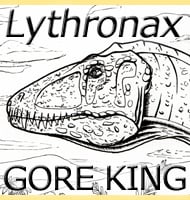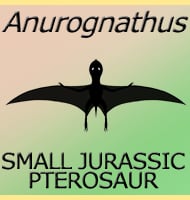In Depth
Samburupithecus is known to have low and broad cheek bones that housed a large maxillary sinus. The alveolar process (the bone that holds the teeth) is straight and houses teeth that are elongated back to front, similar to some great apes. The teeth have a thick coating of enamel and have cusps that are more rounded rather than pointed. These teeth suggest that Samburupithecus had a diet that incorporated tougher vegetation or at least was more of a generalist herbivore rather than a dedicated frugivore (fruit eater) since primates that are frugivores typically have thin tooth enamel because of the reduced wear from eating softer food.
Further Reading
Further reading- A new late Miocene hominoid from Kenya: Samburupithecus kiptalami gen. et sp. nov. – Comptes Rendus de l’Academie des Sciences, Serie II 325(10):823-829. – H. Ishida & M. Pickford – 1997.








